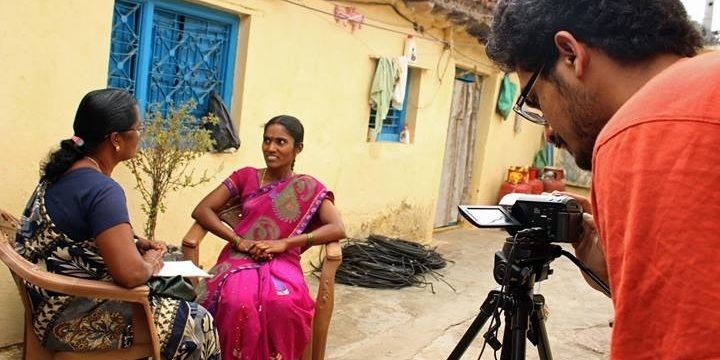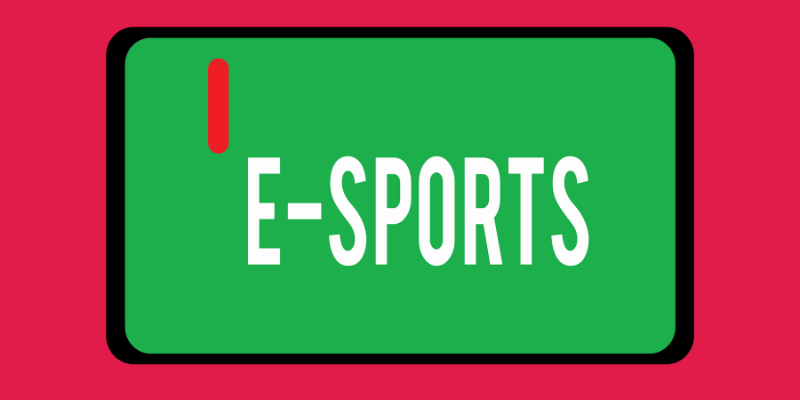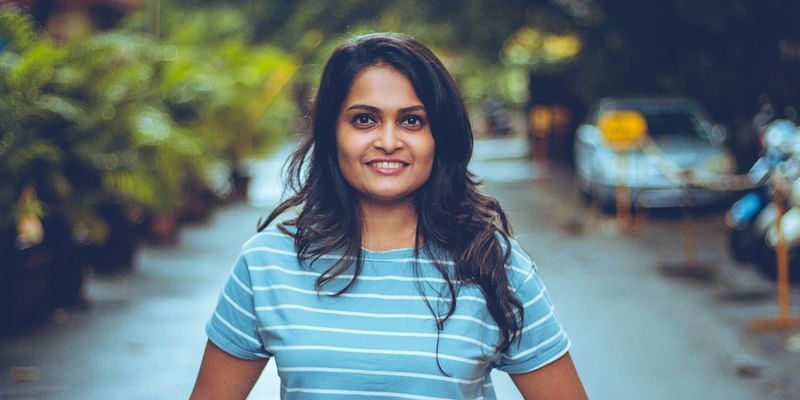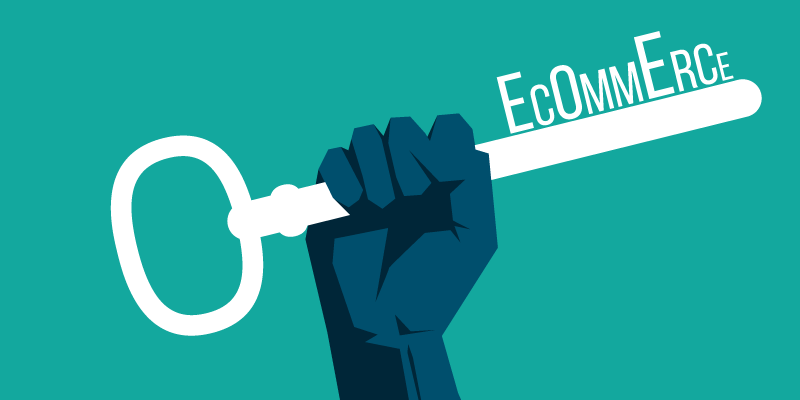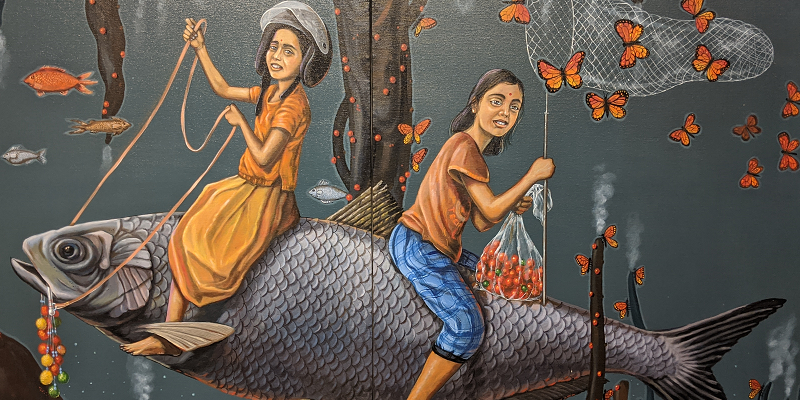How Digital Green is empowering 1 million small farmers through Youtube
A lot has been said about social network that is changing the world and the way in which we communicate. Unfortunately, most of those technologies don’t reach the bottom of the pyramid. Some social enterprises or NGOs have found a way to use technology for social impact and have been successful in it. We had the chance to known about one such enterprise, Digital Green, at the Agri Meetup organized by YourStory in collaboration with Vodafone. Digital Green is an online platform that leverages Information and Communication Technology (ICT) and cutting-edge technological tools to reach out to small and marginal farmers. They create capacity among community groups and farmers to produce videos on topics that are relevant to local farmers, featuring farmers as actors. Their journey started in 2006 as a research project of Microsoft. “Everything started as a small experiment. We were shocked by a statistic according to which the main source of information for farmers across India is their neighbouring farmer. Unfortunately, government demonstration was one of the smallest sources of information. So we asked ourselves how technology could help reduce this gap in information, and that’s how Digital Green was born,” says Vinay Kumar, COO of Digital Green.

After 200 days of research in Karnataka, they understood that videos can be the most effective way of transmitting knowledge to farmers, but this was not enough. “We understood that one of the most important things was to reduce the gap between who is communicating the message and who is receiving it. So before creating our model, we studied what was the best way of screening, method of dissemination and degree of mediation. We decided to use the farmers as actors demonstrating different farming techniques in the video which would help the message get across to other farmers easily. This would build trust and ensure quality,” explains Vinay.
After four years, Digital Green is reaching a high scale of impact. They have ensured this by creating important partnerships with different state governments and the National Rural Livelihoods Mission. Right now their program is implemented in four different states and by the end of the next year they will reach 10,000 villages and 1 million farmers. Digital Green is using this model to expand into nutrition and health sectors and to some other countries in Africa.
This huge growth and success have two different roots: a successful partnership model and a great information system to track their results and take the best decisions. “Partnerships have grown a lot in the last years. In the beginning, we were just a Microsoft Research India Pilot, we then partnered with seven to eight NGOs across the country which are helping in the field. Choosing the right partner is crucial. All our partners have already scaled up in their field, have a strong expertise and have a good link with the local community. Most important, they also need to benefit from the partnership. If the partnership is not a win-to-win collaboration it will never work,” adds Vinay.
This kind of success would not be possible without a great information system. “As we scale up, we try to ensure that we track our results. That’s very important to understand how we are doing in the field. We developed a system called COCO (connect online, connect offline). Through this we can work even without internet and we can convert data in analytics dashboard which gives us the right information to take the right decisions. This is good to track the progress of our work. Moreover, we can disaggregate or aggregate this data understanding the local village situation or the national picture. We have around 3000 videos, most of them related to agriculture, and for every video we have number of views, adoption rate and questions asked by the farmers. This also helps to know the qualitative information besides the quantitative one,” says Vinay. Right now they are taking this to the next level introducing a Facebook for Farmers. “We recently developed Farmerbook, a sort of Facebook for farmers. That’s very important to have all the history of different farmers, understand who among them is an influencer and who is an early adopter. Moreover, we can also see their attitude towards different technologies,” adds Vinay.
Digital Green doesn’t have a business model since it is working as an NGO and receiving funds from government and international agency. For the future, they are anyway looking into the possibility of generating revenues to become more sustainable.
One of the pillars of Digital Green is the localized approach that they have. “There is no one solution to all the problems. We believe that the specificity of the local context is very important. That’s why we are producing videos and we are doing it in local languages and dialects. The technology we are proposing is not a top down, but a bottom up one,” concludes Vinay.
To know more about Digital Green visit their website






